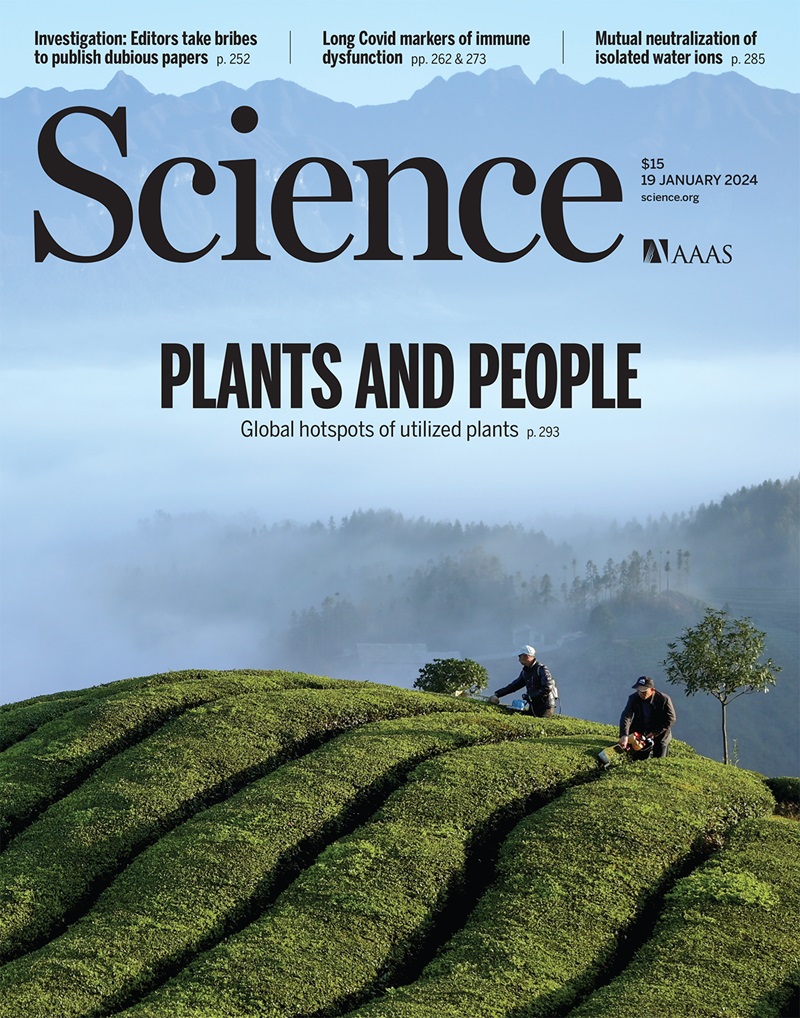Relative importance of the anti-apoptotic versus apoptosis-unrelated functions of MCL-1 in vivo
IF 45.8
1区 综合性期刊
Q1 MULTIDISCIPLINARY SCIENCES
引用次数: 0
Abstract
The anti-apoptotic protein MCL-1 (myeloid cell leukemia-1) is essential for embryogenesis and the survival of many cell types that tolerate loss of its relatives, BCL-XL and BCL-2. Apoptosis-unrelated roles of MCL-1 in metabolism may contribute to this requirement, although their relevance for embryogenesis and postnatal life remains unclear. We hypothesized that BCL-XL and BCL-2 may substitute MCL-1’s anti-apoptotic but not its apoptosis-unrelated functions. Replacing MCL-1 with BCL-XL or BCL-2 supported embryo development by rescuing the Mcl-1−/− preimplantation lethality. Mcl-1Bcl-xL/Bcl-xL but not Mcl-1Bcl-2/Bcl-2 mice were born on a mixed background, although they showed metabolic defects. Thus MCL-1’s apoptosis-unrelated functions appear critical in later development, with BCL-XL, but not BCL-2, partially compensating. These findings clarify MCL-1’s distinct physiological roles, critically informing MCL-1 inhibitor development as cancer therapeutics.
体内MCL-1抗凋亡与凋亡无关功能的相对重要性
抗凋亡蛋白MCL-1(髓样细胞白血病-1)对胚胎发生和许多细胞类型的存活至关重要,这些细胞类型可以耐受其亲属BCL-XL和BCL-2的缺失。MCL-1在代谢中与凋亡无关的作用可能有助于这一需求,尽管它们与胚胎发生和出生后生活的相关性尚不清楚。我们推测BCL-XL和BCL-2可能替代MCL-1的抗凋亡功能,但不能替代其与凋亡无关的功能。用BCL-XL或BCL-2替代MCL-1可通过挽救MCL-1−/−着床前致死性来支持胚胎发育。Mcl-1 Bcl-xL/Bcl-xL而不是Mcl-1 Bcl-2/Bcl-2小鼠出生在混合背景下,尽管它们表现出代谢缺陷。因此,MCL-1与凋亡无关的功能在后期发育中显得至关重要,BCL-XL而不是BCL-2部分补偿。这些发现阐明了MCL-1的独特生理作用,为MCL-1抑制剂作为癌症治疗药物的发展提供了重要信息。
本文章由计算机程序翻译,如有差异,请以英文原文为准。
求助全文
约1分钟内获得全文
求助全文
来源期刊

Science
综合性期刊-综合性期刊
CiteScore
61.10
自引率
0.90%
发文量
0
审稿时长
2.1 months
期刊介绍:
Science is a leading outlet for scientific news, commentary, and cutting-edge research. Through its print and online incarnations, Science reaches an estimated worldwide readership of more than one million. Science’s authorship is global too, and its articles consistently rank among the world's most cited research.
Science serves as a forum for discussion of important issues related to the advancement of science by publishing material on which a consensus has been reached as well as including the presentation of minority or conflicting points of view. Accordingly, all articles published in Science—including editorials, news and comment, and book reviews—are signed and reflect the individual views of the authors and not official points of view adopted by AAAS or the institutions with which the authors are affiliated.
Science seeks to publish those papers that are most influential in their fields or across fields and that will significantly advance scientific understanding. Selected papers should present novel and broadly important data, syntheses, or concepts. They should merit recognition by the wider scientific community and general public provided by publication in Science, beyond that provided by specialty journals. Science welcomes submissions from all fields of science and from any source. The editors are committed to the prompt evaluation and publication of submitted papers while upholding high standards that support reproducibility of published research. Science is published weekly; selected papers are published online ahead of print.
 求助内容:
求助内容: 应助结果提醒方式:
应助结果提醒方式:


